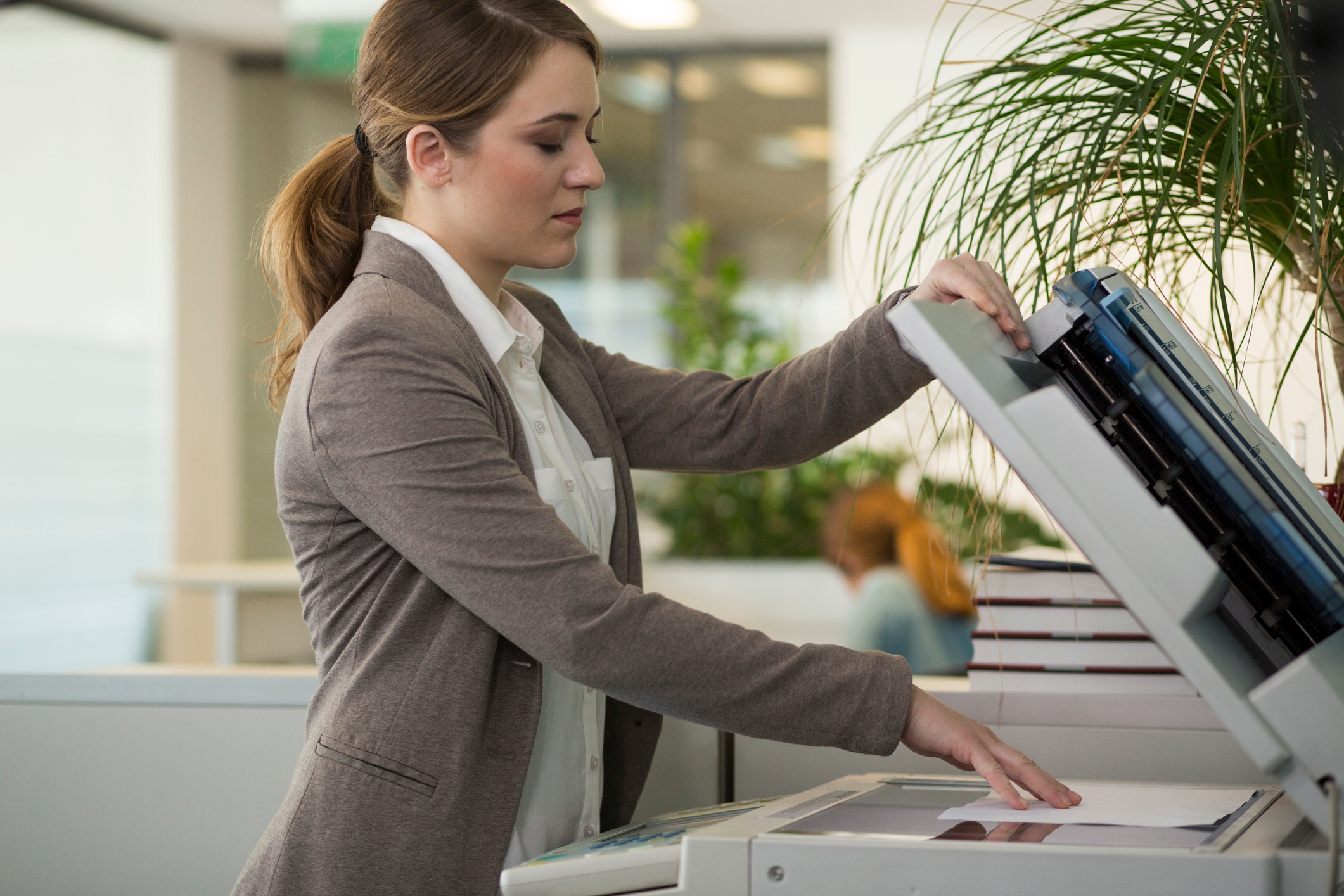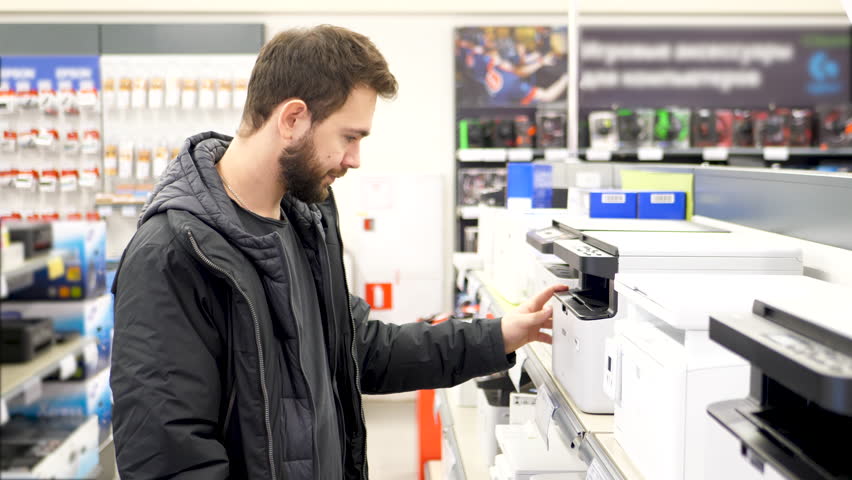Security is a serious matter when it comes to printing and copying machines. Nowadays, there are many new resurfacing techniques on the internet on how hackers can hack and infiltrate your printing and copying networks for illegal and malicious reasons. Especially if the devices you are using are a wireless network, wherein anyone can connect the network and use it.
If you are in Los Angeles and you are looking for a Copier in Los Angeles for your business, you may contact Clear Choice Technical Services in Los Angeles. You can ask about Copier Leasing Services in Los Angeles, Copier rental services in Los Angeles, and Copier Repair in Los Angeles.
We have seven ways to give you how to protect your printing and copying machines. Through this method, you can safely keep the critical information passing through your printers, copiers, and even fax machines. So keep on reading as we go through one by one of
1. Remember to keep your physical security strong
Before safeguarding your devices, you must also keep physical security in your attention. Look into the security of your building and your office area. Is it safe the moment all of you leave and turn off your devices? If you are unsure about answering this question, the following questions can guide you, such as:
· Who is in charge of the security in your area and building?
· Who has access to the building during office hours or during the weekend?
· Who will you allow access to?
2. Always unplug
Another easy way to protect your printing and copying machines is simply unplugging them. If the printer and copier are unplugging, the network will not work, which means no one outside the network can connect to your devices. You can also disable the networking itself and instead use a PC via USB when you use them.
3. Secure the wireless connection
The overall wireless security is super important. There are many ways to secure your connections, such as updating and upgrading, having a good Wi-Fi password policy, and checking your network compliance regulations.
4. Keep a strong password
Password is the key to accessing the networked printers and copiers. For this reason, you need to have a strong password with combinations of Capital letters, unique patterns, numbers, and special characters. You should also permanently change the password, around 3 to 6 months.
5. Protect your printer ports
Printer ports are an important component in networked printers and copiers. These printer ports prevent hackers from accessing your printer and copiers using unsecured networks and connections. The most common printer port used is the IPPS protocol over SSL port 443. If you have the following printer ports, it’s best to disable these:
· 515, 721-731, and 9100 ports
· On port 631, the Internet Printing Protocol (IPP) should be disabled
· You should also turn off the SMB (Server Message Block) protocol.
6. Secure printer and copier
As much as you want to protect the external process of printers and copiers, it’s also best to double-lock the internal process. Moreover, some of the things you need to keep in the devices are the hard drives, access control, and default password. However, even with the double protection, you should delete them from the hard drive and memory when you are done printing or copying.
7. Keep firmware up to date
Firmware updates are a must, especially if the device malfunctions or security flaws are detected. You should maintain this firmware as it helps the network printer avoid any security issues using a password. It also patches up any security gaps and intends to strengthen the security.
Conclusion
This wireless security article now concludes with ways to help you protect your printing and copying machines. If perhaps you still have questions and further queries about the ways you can do it, this is where we can be of help! We are a tech company that can offer you extensive knowledge on safeguarding not only one but all your office devices. Contact us and let us know how we can help you!



